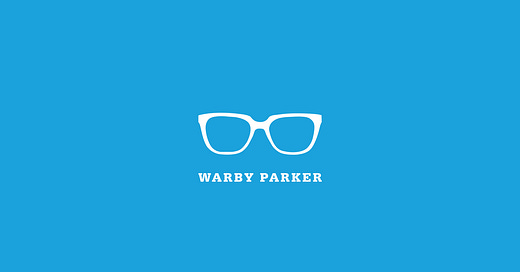Warby Parker’s Founders: A Blueprint for Purpose-Driven, Playful Leadership in Business
Lessons in Leadership: Combining Social Good, Innovation, and Fun to Transform an Industry.
Welcome to my unique weekly article for the Paid subscribers-only edition.
Outlines and Key Takeaways
The Founders: From Frustration to Innovation
Revolutionizing the Eyewear Industry
Lessons in Leadership: What We Can Learn from Warby Parker
Why Warby Parker’s Leadership Model Matters
Conclusion
In the modern business landscape, leadership is often associated with power, strategy, and aggressive growth. Yet, the founders of Warby Parker—Neil Blumenthal, Dave Gilboa, Andrew Hunt, and Jeffrey Raider—are redefining what leadership means by building a business centered on purpose, social good, and even a bit of humor. Their approach demonstrates that success can come from doing good while fostering a culture that is fun, relatable, and innovative. Warby Parker is a case study in how purpose-driven leadership can reshape an industry and build a lasting, impactful business.
The Founders: From Frustration to Innovation
Warby Parker was born out of frustration—a shared irritation over the exorbitant cost of prescription glasses. As students at the Wharton School of Business, the four founders noticed that the eyewear industry was dominated by a few companies that kept prices artificially high. This stranglehold on the market meant that people were paying hundreds of dollars for glasses, a medical necessity for many. Dave Gilboa, one of the co-founders, experienced this problem firsthand when he lost a $700 pair of glasses during a backpacking trip. The idea of paying such a steep price again pushed him to search for a better solution.





